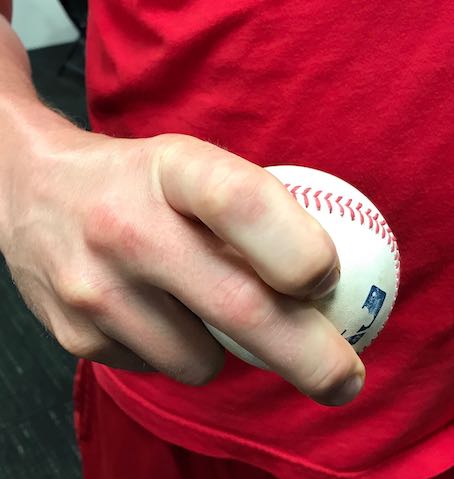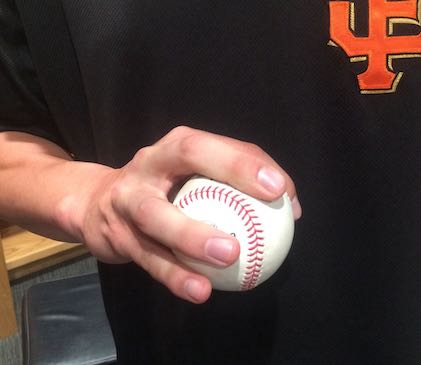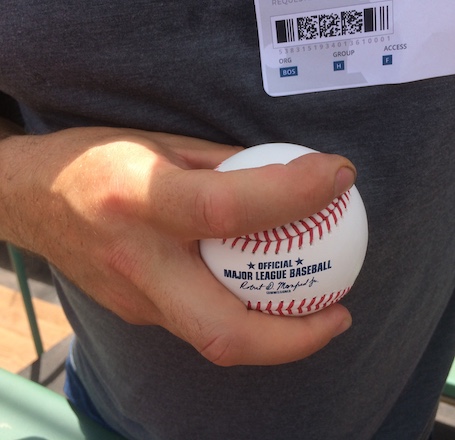Sunday Notes: Logan Morrison is Cherishing the Present While Looking Beyond MLB
It’s Logan Morrison’s birthday today. Now 32 years young, “LoMo” is in his tenth big-league season… albeit just barely. He’s seen action in just seven games this summer, having toiled exclusively in Triple-A prior to being called up by the Phillies on August 14. Two years removed from a 38-home-run campaign with the Tampa Bay Rays, Morrison has essentially morphed from a bona fide slugger into a player barely hanging on.
His winter had been a waiting game. A free agent as of Halloween, Morrison received a few non-roster invites, but coming off of hip surgery he didn’t want to risk “showing up and then getting cut from camp.” In search of more security, he bided his time.
Morrison eventually signed with the Yankees in mid-April, joined Triple-A Scranton Wilkes-Barre in early May, and played there until July 1. At that point, with his chances of a promotion seemingly scant — this despite a healthy .999 OPS — he executed the opt-out clause in his contract. He then hooked on with the Phillies following the All-Star break.
Never a shrinking violet when it comes to expressing an opinion, LoMo was candid when addressing the limited interest he received over the offseason. Read the rest of this entry »



